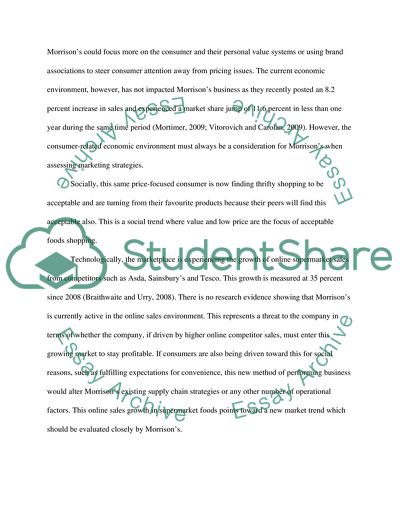Cite this document
(“Strategic Management and Marketing: Morrisons Supermarket Essay”, n.d.)
Strategic Management and Marketing: Morrisons Supermarket Essay. Retrieved from https://studentshare.org/marketing/1556684-strategic-management-and-marketing-morrisons-supermarket
Strategic Management and Marketing: Morrisons Supermarket Essay. Retrieved from https://studentshare.org/marketing/1556684-strategic-management-and-marketing-morrisons-supermarket
(Strategic Management and Marketing: Morrisons Supermarket Essay)
Strategic Management and Marketing: Morrisons Supermarket Essay. https://studentshare.org/marketing/1556684-strategic-management-and-marketing-morrisons-supermarket.
Strategic Management and Marketing: Morrisons Supermarket Essay. https://studentshare.org/marketing/1556684-strategic-management-and-marketing-morrisons-supermarket.
“Strategic Management and Marketing: Morrisons Supermarket Essay”, n.d. https://studentshare.org/marketing/1556684-strategic-management-and-marketing-morrisons-supermarket.


